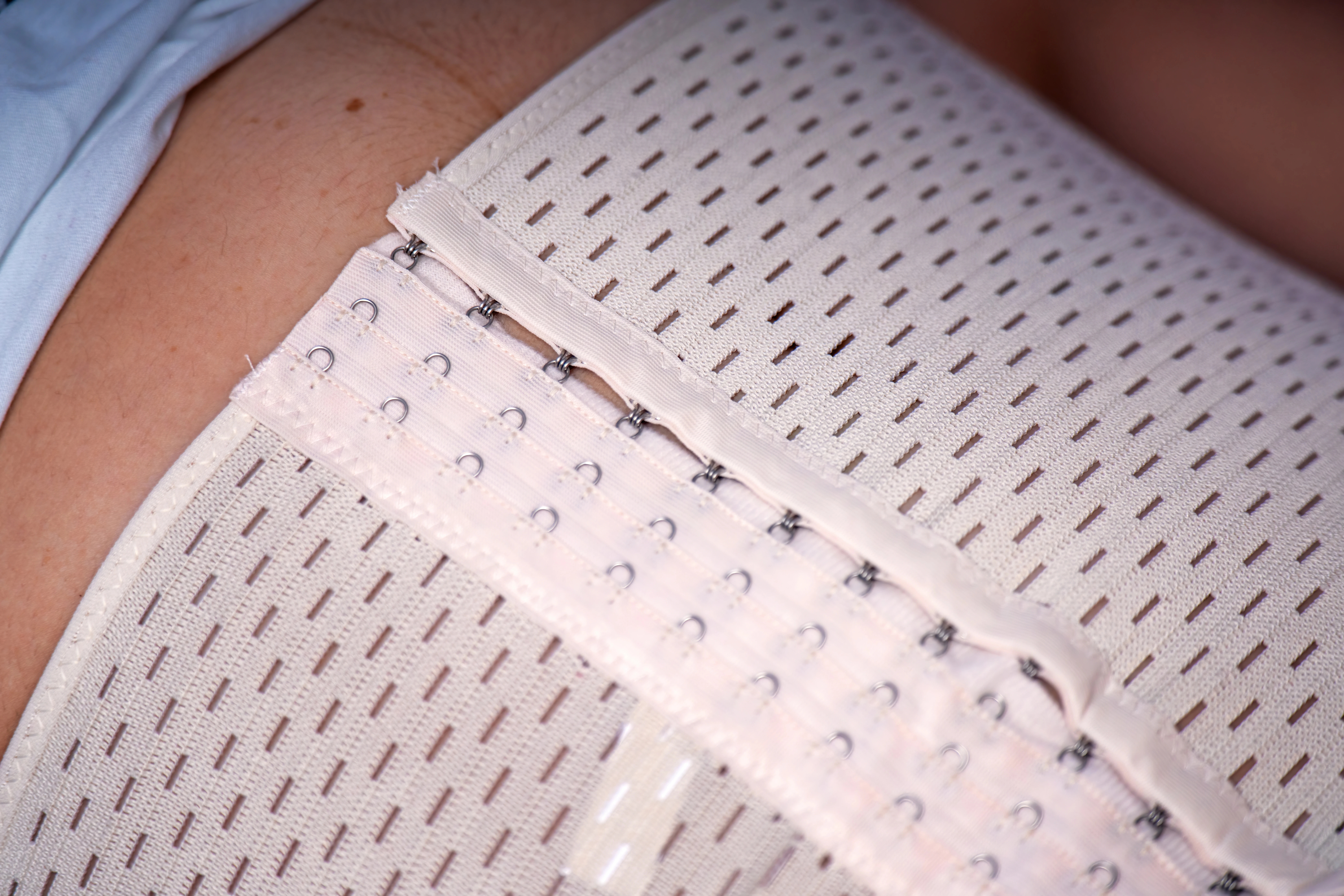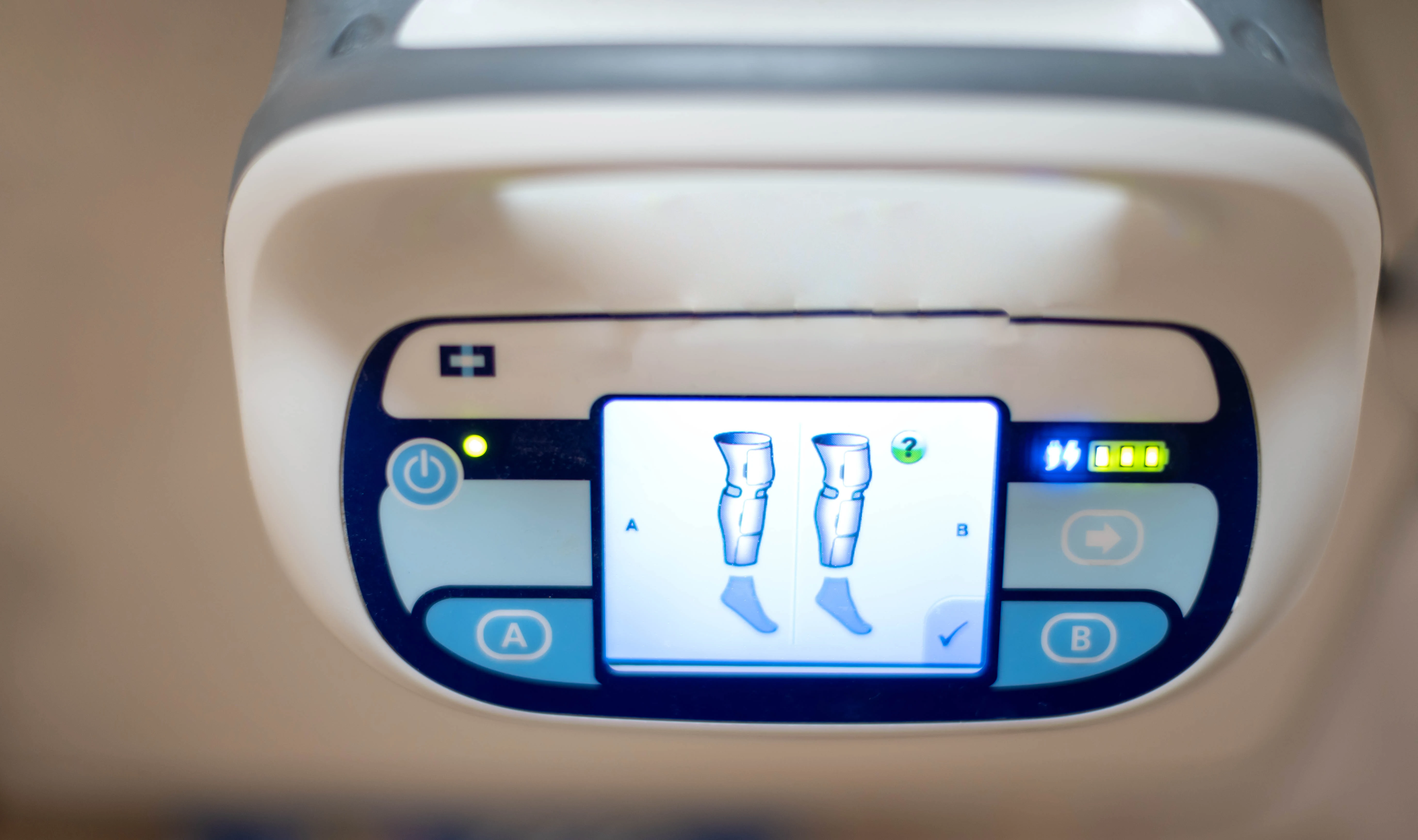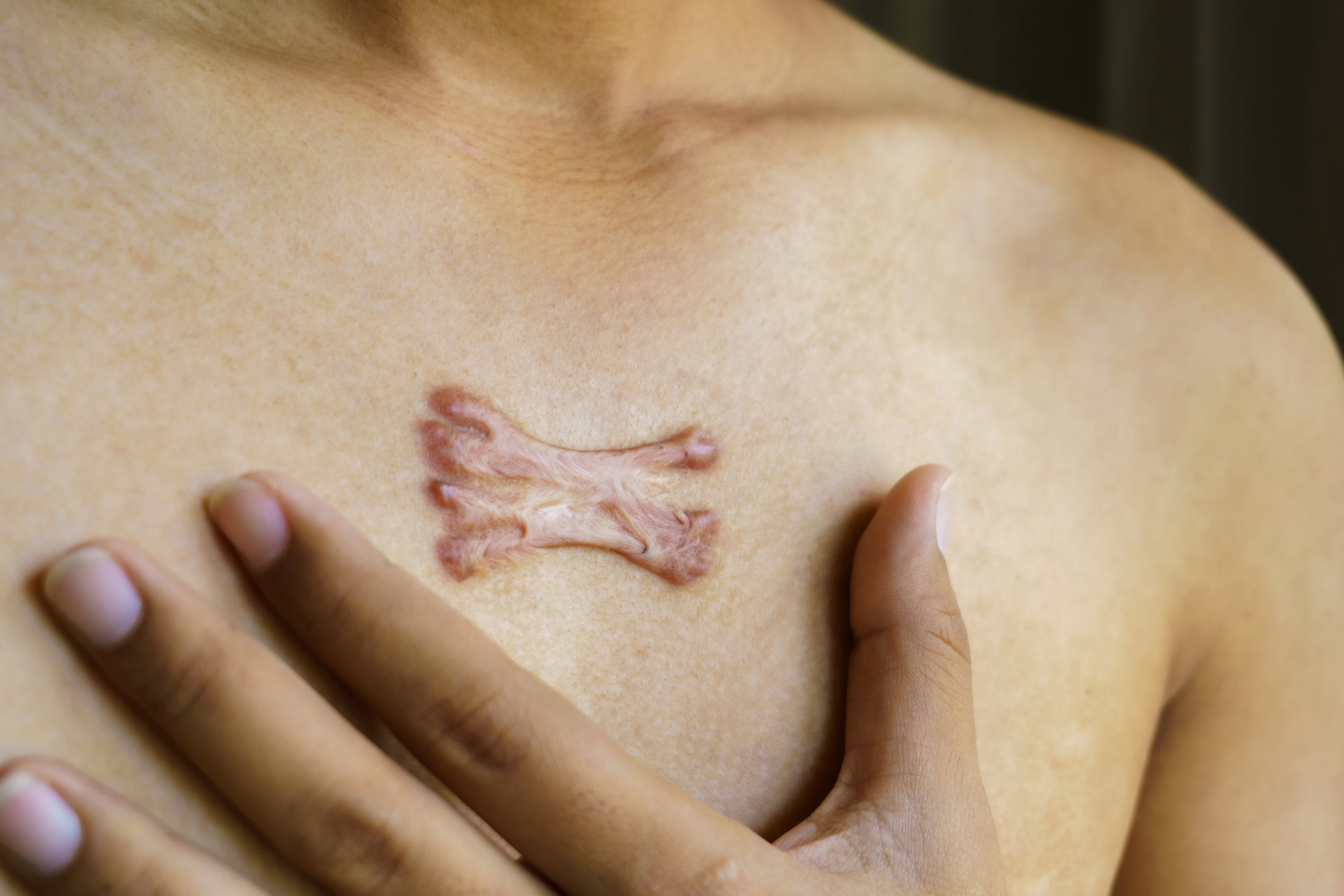The 3 Most Important Parts of Recovery After Plastic Surgery

If you’re planning plastic surgery, you might be wondering: What are the biggest risks or complications to watch for? As a plastic surgeon, I always discuss three key areas with my patients. These are the most important things to understand so you can have a smooth, safe recovery—and feel confident going into your procedure.
1. Anesthesia Safety
The first consideration is anesthesia. This doesn’t always mean going fully to sleep under general anesthesia—many procedures use local or awake anesthesia tailored to you.
Your anesthesia plan is personalized, taking into account your unique weight, health conditions, and procedure type. Careful calculation helps ensure your experience is safe and comfortable, whether you’re having a small in-office treatment or a longer surgery in the OR.
2. Preventing Infection
Infection is one of the most common complications surgeons want to avoid—and it’s something we take seriously.
To reduce your risk, you’ll typically receive prophylactic antibiotics before or after surgery. This precaution is standard because even with meticulous sterile technique, any incision creates a pathway for bacteria.
Patient education is also key. We’ll review wound care instructions, activity restrictions, and hygiene recommendations to help you heal without problems.
3. Managing Bleeding and Clotting Risks
Bleeding is another critical area—but it’s actually two-fold:
- Blood loss during or after surgery
- Blood clotting risks (especially Deep Vein Thrombosis, or DVT)
During surgery, your surgeon works to minimize blood loss and ensure there’s no ongoing bleeding when you leave the operating room. At post-op visits, we monitor for hematomas (collections of blood under the skin) that might need treatment.
Equally important is preventing dangerous blood clots. A DVT can form in your leg veins and travel to your lungs, causing a life-threatening pulmonary embolism. We reduce this risk by:
- Carefully reviewing your medical history for clotting disorders
- Encouraging early, safe mobilization after surgery (getting up and walking as soon as you’re able)
- Sometimes using compression devices or medication when appropriate
The Bottom Line
While there are many aspects to a safe recovery, these three key areas—anesthesia, infection prevention, and bleeding/clotting management—are at the top of the list for any plastic surgeon.
At Metropolitan Plastic Surgery, we take time to discuss these risks with every patient, plan proactively, and provide detailed instructions to help you recover confidently and safely.
If you’re thinking about a procedure and want to learn more about what to expect, schedule a consultation. Together, we’ll make sure you’re well-informed, prepared, and supported every step of the way.
Ready to plan your procedure with confidence? Schedule a consultation with Dr. Aimé at Metropolitan Plastic Surgery. We’ll discuss your goals, review your medical history carefully, and design a personalized, safe plan for your surgery and recovery.
Our surgical and non-surgical treatment options
Ready to start your transformation?
Whether you’re just beginning to explore your options or have specific goals in mind, we’re here to guide you with expertise and compassion.

Read more articles

Do You Really Need to Wear a Post-Op Abdominal Binder or Compression Garment?
Wondering if you really need that post-op binder or compression garment? Learn what they actually do, the evidence behind them, how long to wear them, and how to choose one that fits your recovery needs and budget.

The 3 Most Important Parts of Recovery After Plastic Surgery
Learn the three most important parts of recovering safely after surgery: anesthesia safety, infection prevention, and bleeding or clotting management. Dr. Victoria Aimé explains what patients need to know before and after their procedure.

Why We Use SCDs for Blood Clot Prevention After Surgery
SCDs are a simple but powerful tool used during and after surgery to prevent blood clots. Learn how they work and why we send tummy tuck patients home with them.

Hypertrophic vs. Keloid Scars: What’s the Difference and How to Prevent Them
Not all scars are the same. Learn the key differences between hypertrophic and keloid scars, what puts you at risk, and how to prevent and treat abnormal scar formation after surgery or injury.
